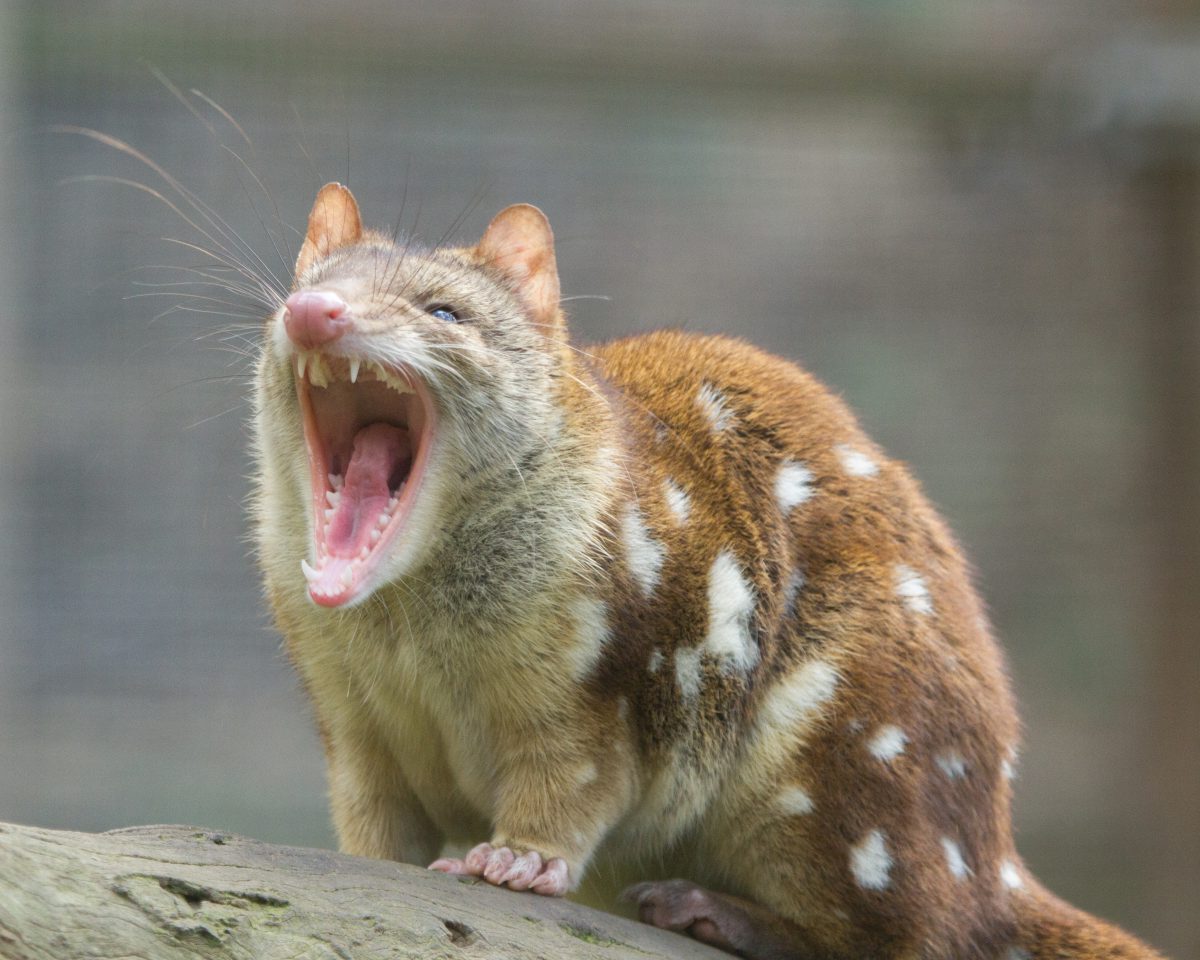
Quolls are fascinating creatures native to Australia and New Guinea. These small carnivorous marsupials belong to the Dasyuridae family and are known for their spotted fur and nocturnal habits. Did you know that quolls play a crucial role in their ecosystems by controlling insect and small mammal populations? Despite their importance, quolls face numerous threats, including habitat loss and predation by invasive species like foxes and cats. Conservation efforts are underway to protect these unique animals, but there's still much to learn about them. Curious about what makes quolls so special? Here are 26 intriguing facts that will give you a deeper understanding of these remarkable marsupials.
What is a Quoll?
Quolls are fascinating creatures native to Australia and New Guinea. These carnivorous marsupials are known for their spotted coats and nocturnal habits. Let's dive into some intriguing facts about these unique animals.
-
Quolls belong to the Dasyuridae family, which also includes the Tasmanian devil.
-
There are six species of quolls, each with distinct characteristics and habitats.
-
The largest species, the spotted-tailed quoll, can grow up to 3.5 feet long, including its tail.
-
Quolls are primarily nocturnal, hunting at night and resting during the day.
-
Their diet consists mainly of small mammals, birds, insects, and even carrion.
Quoll Habitats and Behavior
Quolls have adapted to various environments, from rainforests to savannas. Their behavior and survival tactics are equally diverse.
-
Quolls are solitary animals, coming together only during the breeding season.
-
They mark their territory with scent glands located near their tails.
-
These marsupials are excellent climbers, often hunting in trees for birds and other prey.
-
Quolls have a keen sense of smell, which helps them locate food and navigate their environment.
-
They create dens in hollow logs, rock crevices, or burrows to raise their young and hide from predators.
Reproduction and Lifespan
The reproductive habits of quolls are quite unique, with short gestation periods and rapid development of their young.
-
Female quolls have a pouch where they carry and nurse their young.
-
The gestation period for quolls is only about 21 days.
-
After birth, the tiny, underdeveloped young crawl into the mother's pouch to continue growing.
-
Quoll joeys stay in the pouch for around eight weeks before venturing out.
-
Quolls typically live for 2-5 years in the wild, though some can live longer in captivity.
Conservation Status
Quolls face numerous threats, leading to declining populations and conservation efforts to protect them.
-
Habitat destruction due to logging and agriculture is a significant threat to quoll populations.
-
Invasive species like foxes and feral cats compete with quolls for food and can prey on them.
-
Some quoll species are listed as endangered or vulnerable due to these threats.
-
Conservation programs focus on habitat restoration, predator control, and breeding programs to help quoll populations recover.
-
Public awareness campaigns aim to educate people about the importance of protecting quolls and their habitats.
Interesting Quoll Facts
Quolls have some unique and surprising traits that set them apart from other marsupials.
-
Quolls have sharp, retractable claws that help them climb and catch prey.
-
Their fur is covered in white spots, which provide camouflage in their natural habitats.
-
Quolls communicate through a series of vocalizations, including growls, hisses, and screams.
-
They have a high metabolic rate, requiring them to eat frequently to maintain their energy levels.
-
Quolls play a crucial role in their ecosystems by controlling populations of small mammals and insects.
-
Despite their small size, quolls are fierce predators, capable of taking down prey much larger than themselves.
The Quoll's Fascinating World
Quolls are truly remarkable creatures. These small, carnivorous marsupials, native to Australia and New Guinea, play a vital role in their ecosystems. With their sharp teeth, keen senses, and agile bodies, quolls are adept hunters, preying on insects, birds, and small mammals. Their unique spotted fur patterns make them stand out in the wild.
Despite their importance, quolls face numerous threats, including habitat loss, invasive species, and human activities. Conservation efforts are crucial to ensure their survival. By protecting their habitats and raising awareness about their plight, we can help secure a future for these fascinating animals.
Learning about quolls not only enriches our understanding of biodiversity but also highlights the need for conservation. Next time you think about the diverse wildlife on our planet, remember the quoll and its incredible journey through the wild.
Was this page helpful?
Our commitment to delivering trustworthy and engaging content is at the heart of what we do. Each fact on our site is contributed by real users like you, bringing a wealth of diverse insights and information. To ensure the highest standards of accuracy and reliability, our dedicated editors meticulously review each submission. This process guarantees that the facts we share are not only fascinating but also credible. Trust in our commitment to quality and authenticity as you explore and learn with us.
